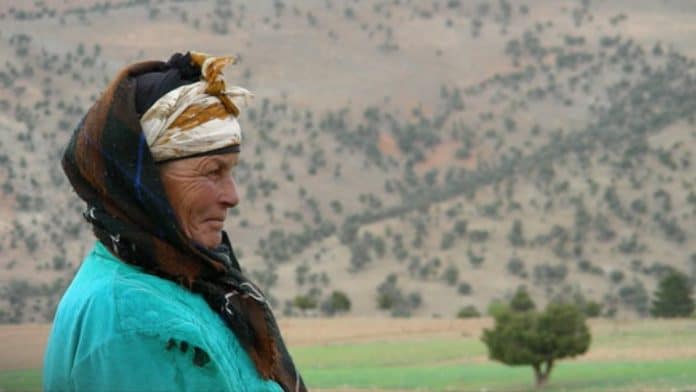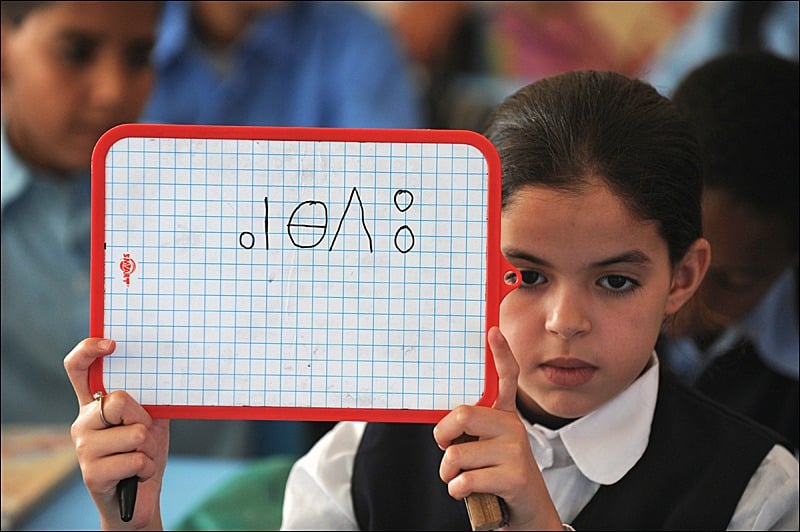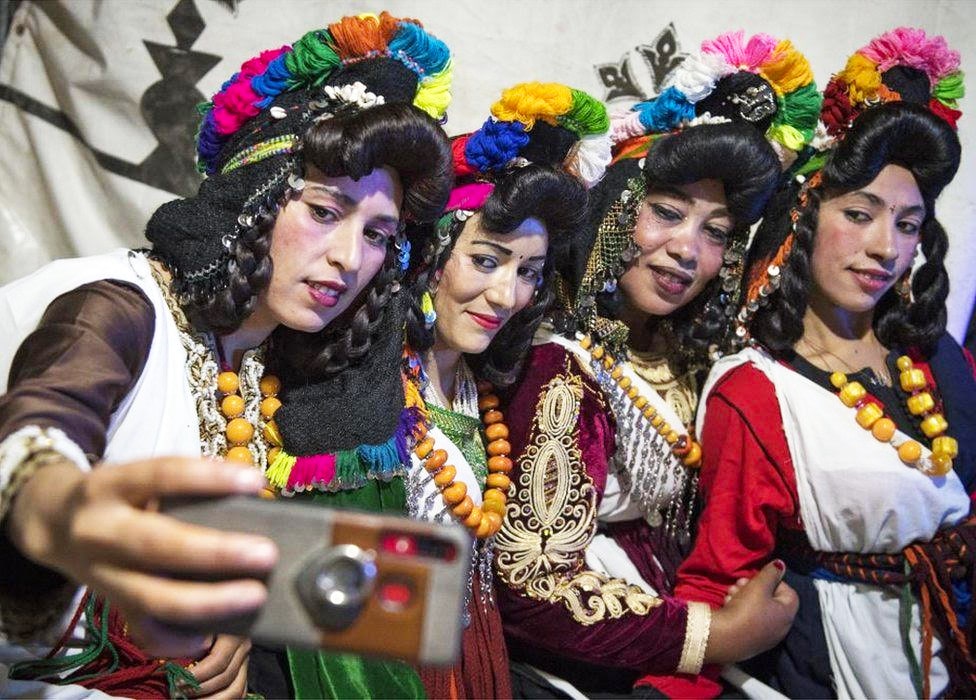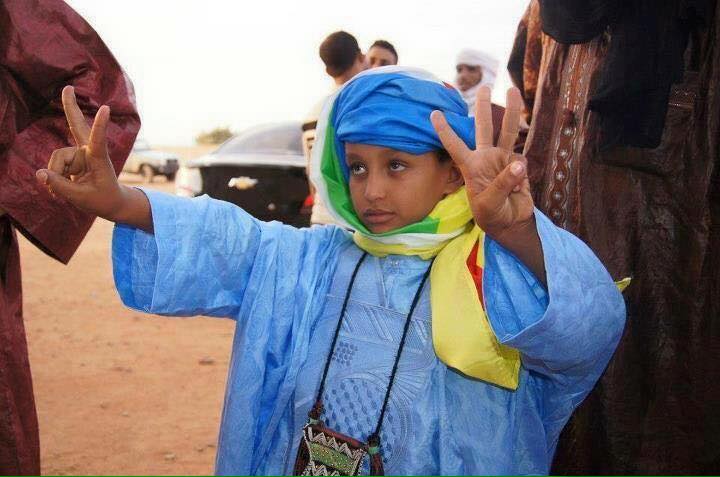Earthquakes are natural disasters that can have devastating consequences, impacting communities and infrastructure in their path. While no one is immune to the destructive force of an earthquake, marginalized indigenous communities like the Amazigh people often bear a disproportionately heavy burden when these seismic events strike.
The current earthquake that struck Morocco killed more than 2800 impacting the whole country including the Amazigh or indigenous people of North Africa who are currently suffering the most. The earthquakes further exacerbate the grievances that Amazigh people in Morocco and in North Africa face due to their marginalization, neglect, and discrimination from the Atlas mountains to the Rif mountains and many other remote areas across Morocco. We call on their immediate and adequate response by the Moroccan state to these areas that have often been neglected. There must be an urgent need for more inclusive disaster mitigation strategies.
Vulnerable Housing and Infrastructure
One of the most glaring issues exacerbating this devastation in native communities is the substandard housing and infrastructure they often inhabit. Amazigh groups, due to economic constraints and historical factors, mainly reside in poorly constructed homes using mud brick and clay. These homes are very poorly constructed and lacking some very basic foundations . When earthquakes occur, these structures are more likely to collapse, leading to greater loss of life and property.
Limited Access to Resources
Amazigh communities frequently face economic hardships and lack access to resources that could aid in disaster preparedness and recovery. Insufficient access to funds, insurance, and social safety nets makes it exceedingly difficult for these communities to rebuild their lives after consecutive crisis. As a result, the economic impact of Morocco earthquake is particularly & severely harsh.
Disproportionate Health Consequences
Healthcare disparities often intersect with marginalization, and this is especially evident in the aftermath of earthquakes. Amazigh communities often have been facing limited access to medical facilities and professionals for decades. When crisis strike, injuries and medical emergencies become more severe due to the scarcity of healthcare resources, further compounding the devastation.
Educational and Awareness Gaps
Education is a key component of disaster preparedness. The Amazigh community living in the Atlas mountains have the lowest literacy rates and less access to educational resources, resulting in limited awareness about earthquake risks and safety measures. This lack of awareness can slow down evacuation and response efforts, placing many lives at risk.
Discrimination and Social Exclusion
Social vulnerability is another factor that worsened Morocco earthquake devastation. Discrimination and social exclusion can hinder community cohesion and unity during times of crisis. Native Amazigh communities may find themselves isolated and without the support networks needed to navigate the aftermath of not only earthquakes but also many other natural disasters .
Areas that Amazigh inhabit have some of the poorest infrastructure, without hospitals, schools, roads. Yet the location Amazigh inhabit are used as touristic attraction that contributes to building Morocco’s tourism industry yet without any wealth being invested in building these locations.
Environmental Factors
Many marginalized Amazigh communities are geographically located in areas more prone to natural disasters, including earthquake-prone zones, cold weather conditions, land availability, limited housing choices, political and historical factors often play a role in this placement. When earthquakes and other natural disasters occur in these areas, the vulnerabilities of native communities are further exposed.
In conclusion, it is essential to recognize that earthquake devastation is not solely a result of geological forces but is also deeply intertwined with societal factors. Marginalization and social exclusion can also exacerbate the consequences of seismic events, leaving these vulnerable populations at greater risk of loss and suffering.
To address this issue, the Moroccan government, along with NGOs, and civil society must work together to develop inclusive disaster mitigation strategies. These strategies should prioritize improving housing conditions, increasing access to education and healthcare, promoting community resilience, and ensuring that disaster preparedness and response efforts are equitable and accessible to all members of society. By addressing these systemic issues, we can begin to mitigate the devastating impact of earthquakes and other natural disasters on the Amazigh communities living in the remote areas and move toward a more inclusive and resilient future.
















